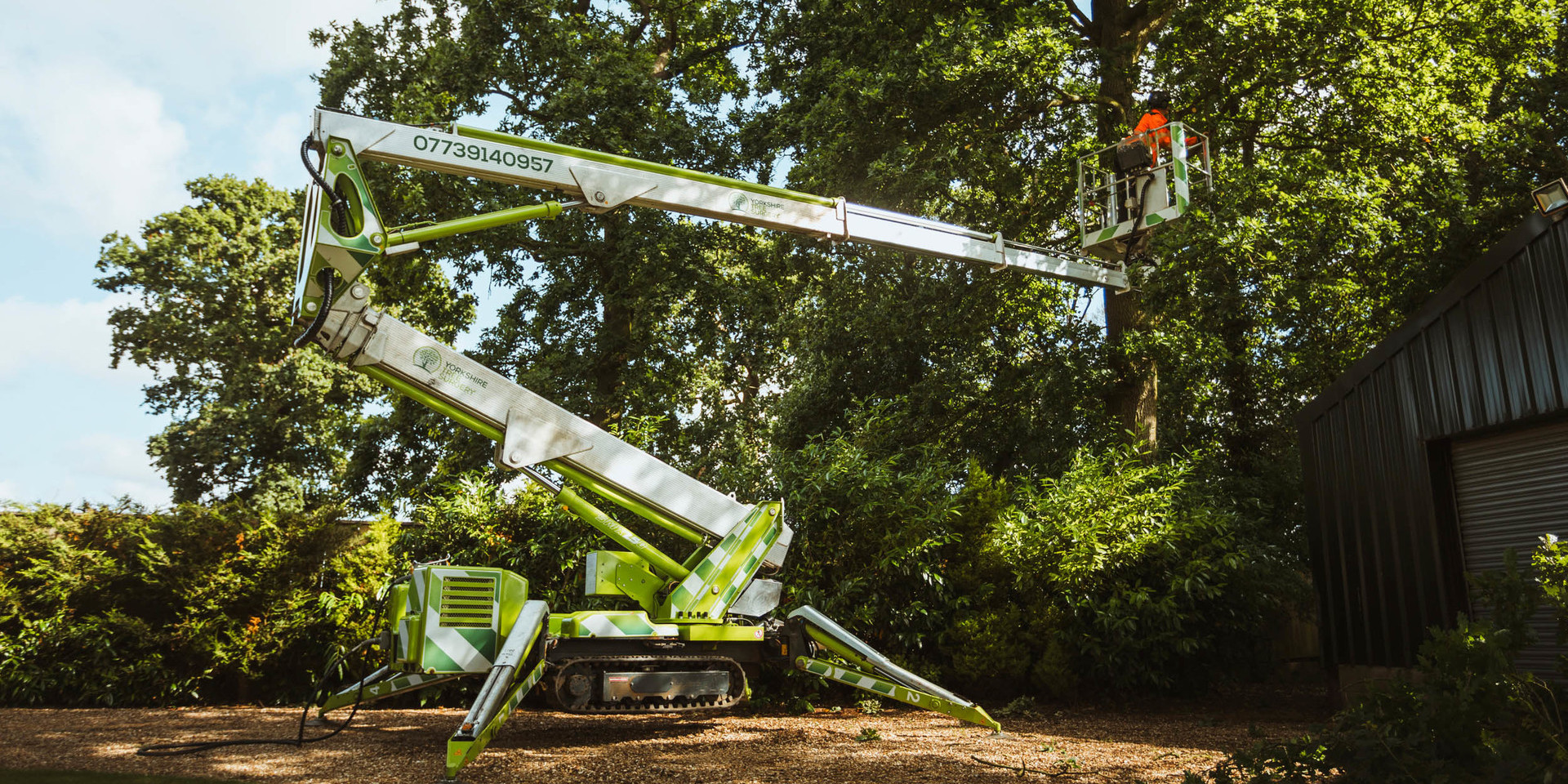How to Deal with Tree Storm Damage: Before, During, and After the Storm
When the winds howl and the rain lashes against your windows, the safety of your home and garden becomes your number one priority. Among the most vulnerable to storm damage are your trees, which can become hazards without proper preparation and post-storm care. Here’s a guide to managing tree storm damage at each critical stage: before, during, and after the storm.
During the Storm: Proactive Protection
The best time to prevent storm damage is long before the skies turn dark. Start by assessing your trees. Look for signs of potential weakness - do you see dead branches, hollow or decayed areas, or a tree that leans significantly to one side? These are indicators that your tree might not withstand severe weather.
Prune Properly
Pruning can reduce the chances of storm damage, but it’s important to do it right. Over-pruning or topping trees can make them more susceptible to storm damage. Instead, focus on removing dead or weak limbs that could easily break off.
Support Young Trees
If you’ve recently planted new trees, they may need a bit of extra support. Staking young trees can help them withstand the wind’s force, but make sure to allow some natural movement so they can strengthen their roots.
During / After the Storm: Immediate Measures, Assessing and Acting
Shelter Your Vehicles
Move cars and other vehicles into a garage or away from large trees. This simple step can prevent damage to your property from falling limbs or uprooted trees.
Inspect Carefully
Once the storm has passed and it’s safe to go outside, inspect your trees for damage. Take notes or photographs - this can be helpful for insurance purposes and for professional tree surgeons to understand the situation.
Call in the Professionals
This is where a certified tree surgeon becomes invaluable. They can assess the risk, remove hazardous debris, and advise on the health of your trees. A professional will know whether a tree can be saved or if removal is the safest option.
Prevent Future Damage
A tree surgeon can also help you understand how to care for your remaining trees to prevent future damage. This might include additional pruning, bracing, or even selecting more storm-resistant trees for your area.
Planning for the Long Term
Consider a long-term care plan for your trees. Regular maintenance by a professional can identify and mitigate risks before they become problems. Plus, well-maintained trees are more resilient to storms.
When you’re faced with the aftermath of a storm, remember that the actions you take can have a significant impact on the recovery and future health of your trees. By being proactive before the storm, staying safe during, and carefully assessing after, you can navigate the challenges of storm damage. And remember, when in doubt, call on the expertise of your local tree surgeons to guide you through the process. They're your allies in ensuring that your trees – and your property – remain safe and sound through storm season and beyond.
Share this post:




